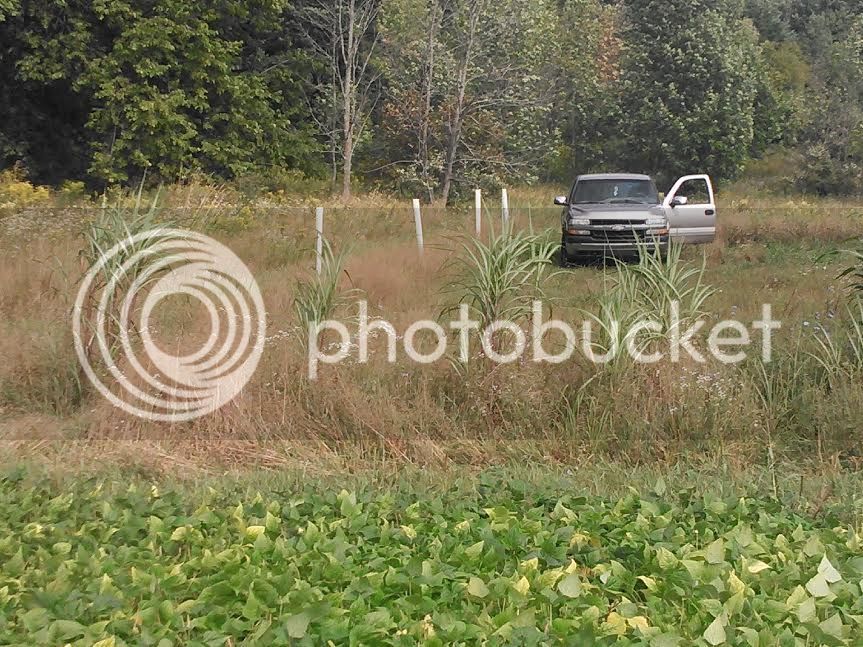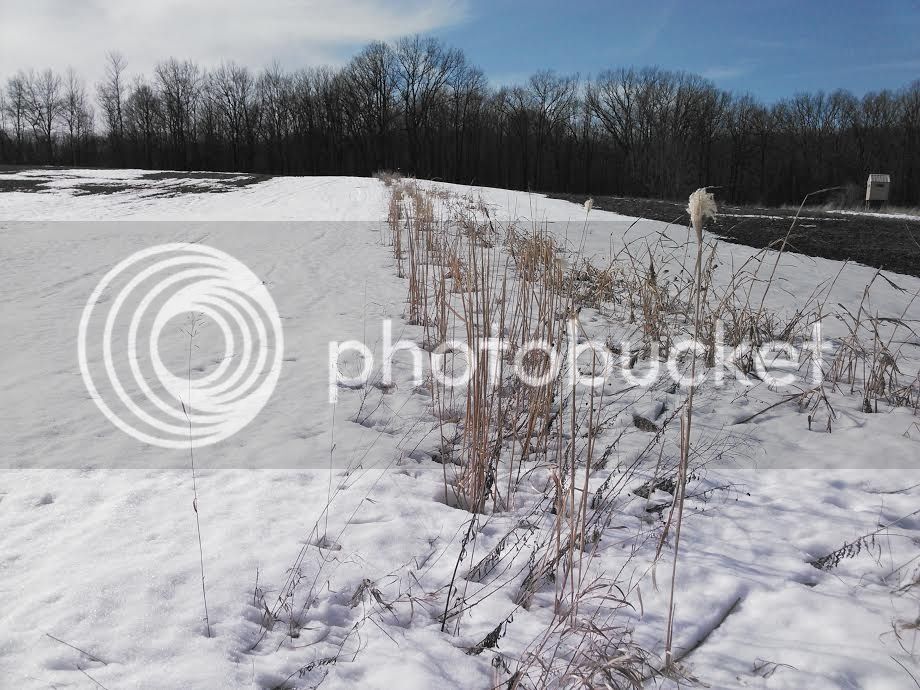It is generally not a good idea, but I think most of us have done it at one time or another. Here are a few thoughts on why it is considered bad practice.
From the U of Idaho:
Do Not Top Evergreens!
An unsatisfactory approach to tree maintenance for
any tree is to top it. Topping is the removal of all branches
of a mature tree above an arbitrary height, leaving unnatural,
grotesque stubs.
Large evergreen trees do not respond well to topping.
The removal of the upper main stem through topping
opens the tree to internal decay, disease, or damaging
insects; it also removes the most productive portion of
the crown of the tree. The result is that the tree becomes
a hazard to itself, neighboring trees, and your property.
The practice of topping to control tree size or growth
is not justified. If the tree is too large to fit the space, it
should be removed and replaced with a smaller species.
From an arborist website:
Topping is considered the most harmful tree pruning practice known. In fact, it’s regarded as such a serious crime against nature, one organization’s major efforts over the past two decades has been to stop this “torture and mutilation”. According to The International Society of Arboriculture, the most common reason given for topping is to reduce the size of a tree, either because it has become too large for the property or a perception that it may pose a hazard. Ironically, topping is not a viable solution to reducing size or hazard.
Topping Stresses Trees
When a tree is topped, up to 100% of the leaf bearing crown is removed. As leaves are the food source for any tree, the absence of this food supply can temporarily starve the tree.
As a defensive action, the starving tree responds by rapidly sending out multiple shoots from latent buds below each cut. This action is the tree’s survival mechanism to put out a new flush of leaves as soon as possible. Moreover, if the tree does not have sufficient stored energy reserves to respond in this way, it will seriously harm the tree, even leading to its premature demise.
Topping Does Not Control Size
As new shoots grow to desperately replace their food making factory, they do so rapidly, sending up numerous “water sprouts”. In some species these new shoots can grow up to 20 feet in one year. Trees will grow back rapidly and they don’t slow until they reach about their original size. It only takes up to a few years for that to happen.
Topping Does Not Make Trees Safer
The new growth that rapidly ascends from latent buds just below each cut is only anchored in the outermost layers of the parent branch. These weak attachments will never have the structural integrity of the original branch and can break off easily, even years later when they are large and heavy.
When proper pruning cuts are made (just beyond a branch collar at the branch’s point of attachment), healthy trees are genetically equipped to close the wound. Improper cuts from stubs or topping don’t heal as readily and may not be able to close. The exposed wood creates decay, entry points and pathways for pests, diseases and destructive organisms to move into and through the branches. Recall that as a tree is topped, it rapidly grows back, although with thinner, weaker branching. Topping to reduce size is a vicious cycle. Each cut sprouts multiple new branches and the conditions become exponentially problematic with each cycle. Eventually, when the tree dies because of the effects of the cumulative stress and damage, even more money will likely be spent to remove it.


